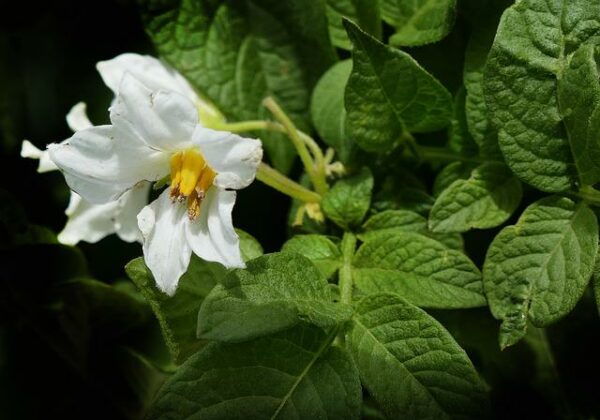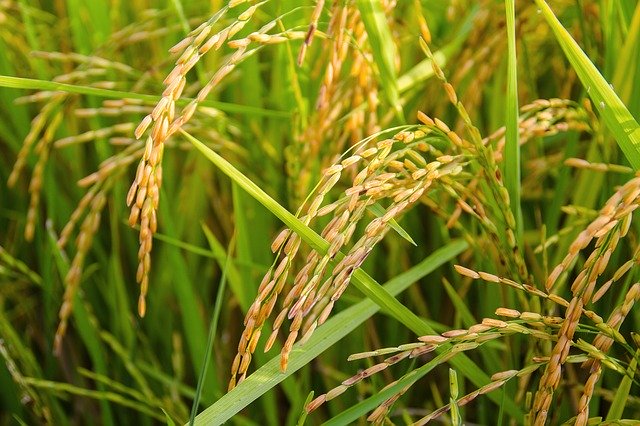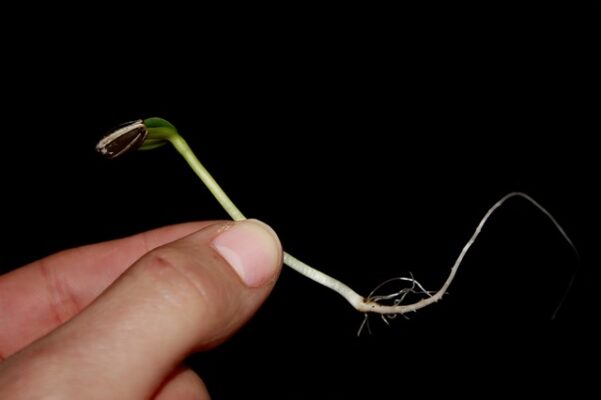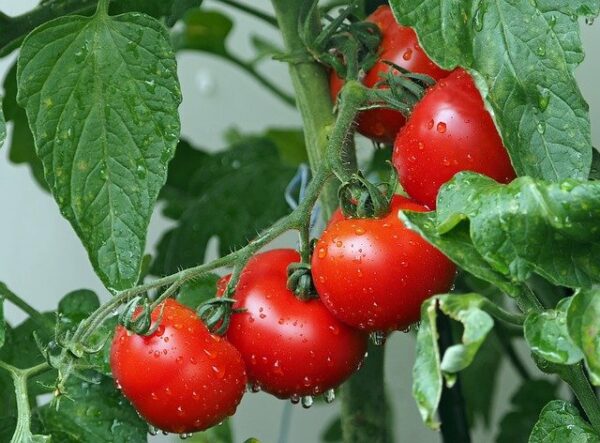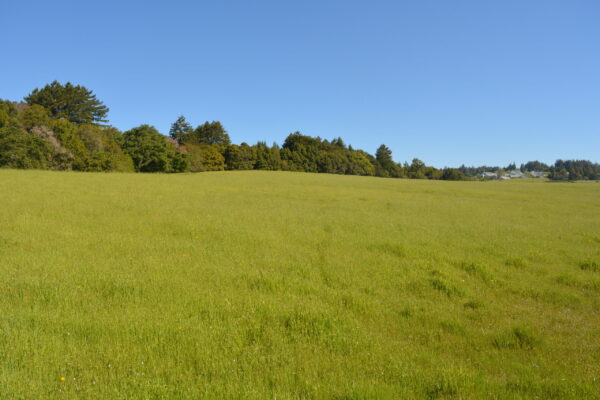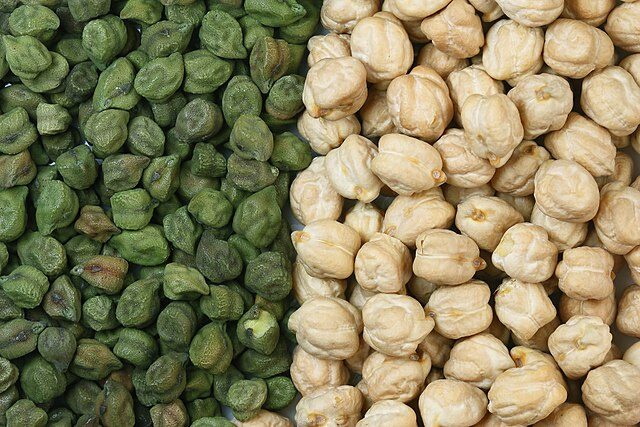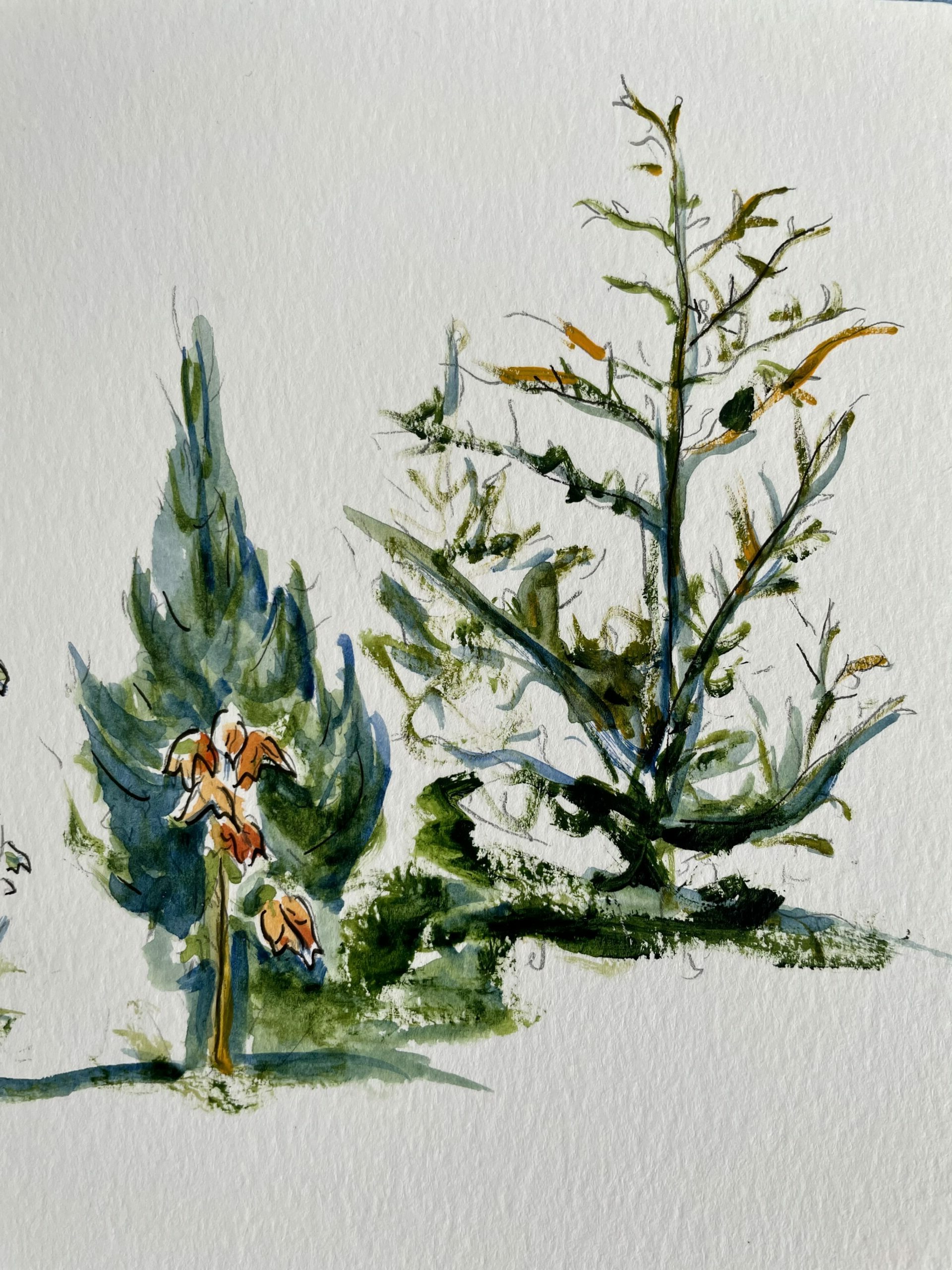A tremendous amount of research has been done to explore Si action in plants against drought, waterlogging, salinity, heavy metals, ultra-violet, as well as pathogenic and entomological attacks. While most studies address Si role in abiotic and biotic stress conditions,…
Read More
